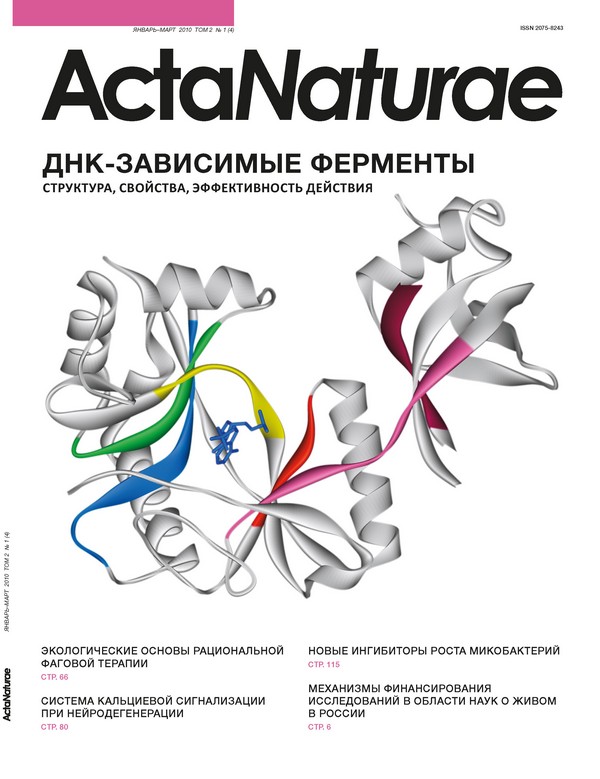Induction of a Protective Heterosubtypic Immune Response Against the Influenza Virus by Using Recombinant Adenoviral Vectors Expressing Hemagglutinin of the Influenza H5 Virus
- Authors: Shmarov MM1, Sedova ES1, Verkhovskaya LV1, Rudneva IA2, Bogacheva EA1, Barykova Y.A1, Shcherbinin DN1, Lysenko AA1, Tutykhina IL1, Logunov DY1, Smirnov Y.A2, Naroditsky BS1, Gintsburg AL1
-
Affiliations:
- Gamaleya Research Institute of Epidemiology and Microbiology, Russian Academy of Medical Sciences
- Ivanovsky Virology Research Institute, Russian Academy of Medical Sciences
- Issue: Vol 2, No 1 (2010)
- Pages: 111-118
- Section: Articles
- Submitted: 17.01.2020
- Published: 15.03.2010
- URL: https://actanaturae.ru/2075-8251/article/view/10783
- DOI: https://doi.org/10.32607/20758251-2010-2-1-111-118
- ID: 10783
Cite item







